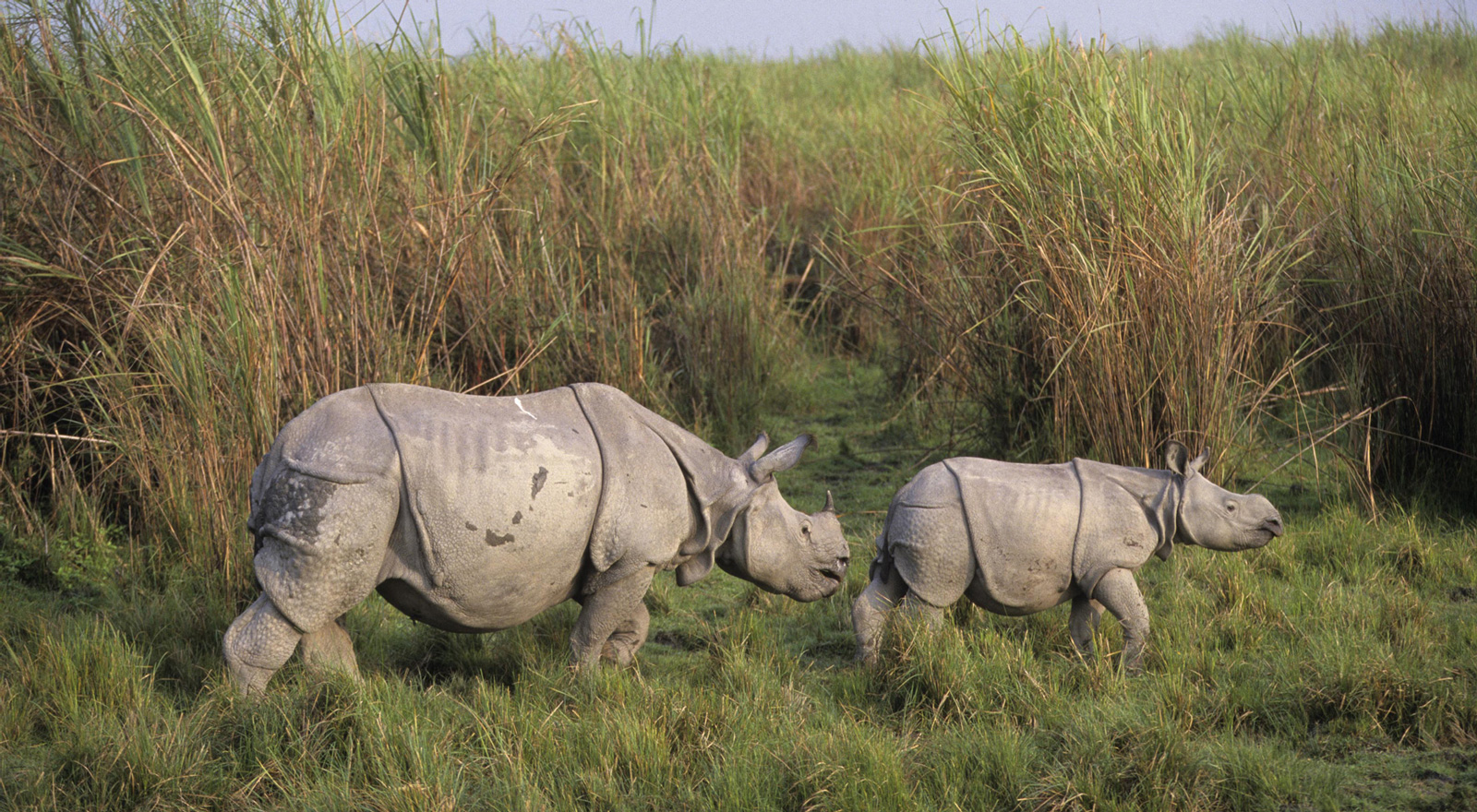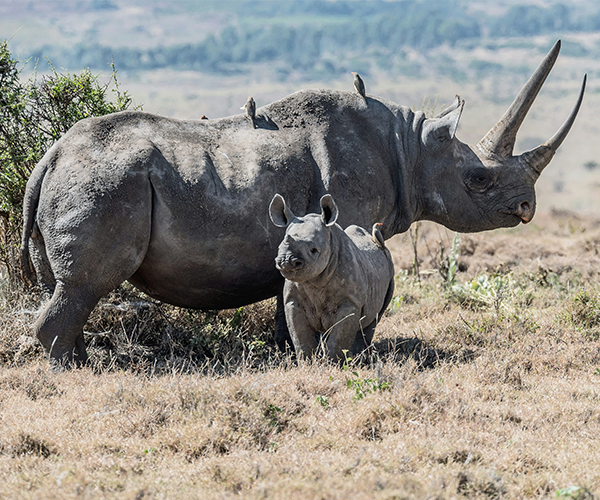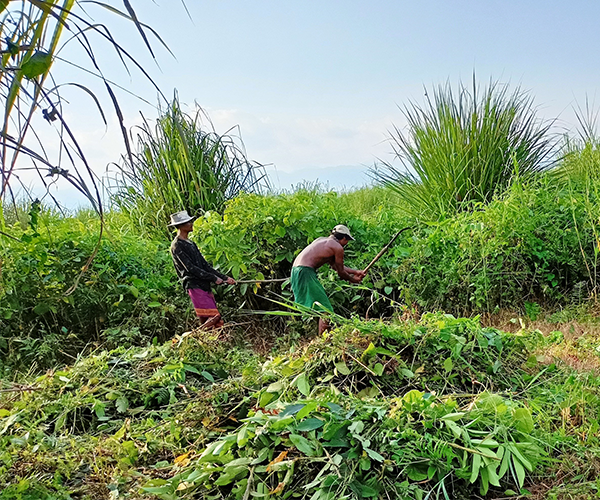HOW WE WORK
IRF is both a funder and an implementer of rhino conservation programs through in-country partners and staff. To do this, IRF serves as a funder, partner, convener, facilitator and trainer, with the goal of strengthening local rhino conservation efforts. Our role is to amplify those working in rhino conservation and those living alongside rhinos by capacity sharing, building individuals’ skills, participating in two-way knowledge exchange, and enhancing the impact of conservation programs in rhino range states.
IRF PILLARS
IRF’s Pillars are our overarching focal areas that will enable us to move closer to accomplishing our mission.







